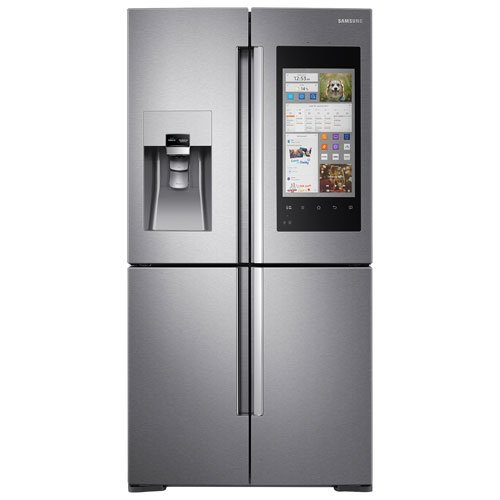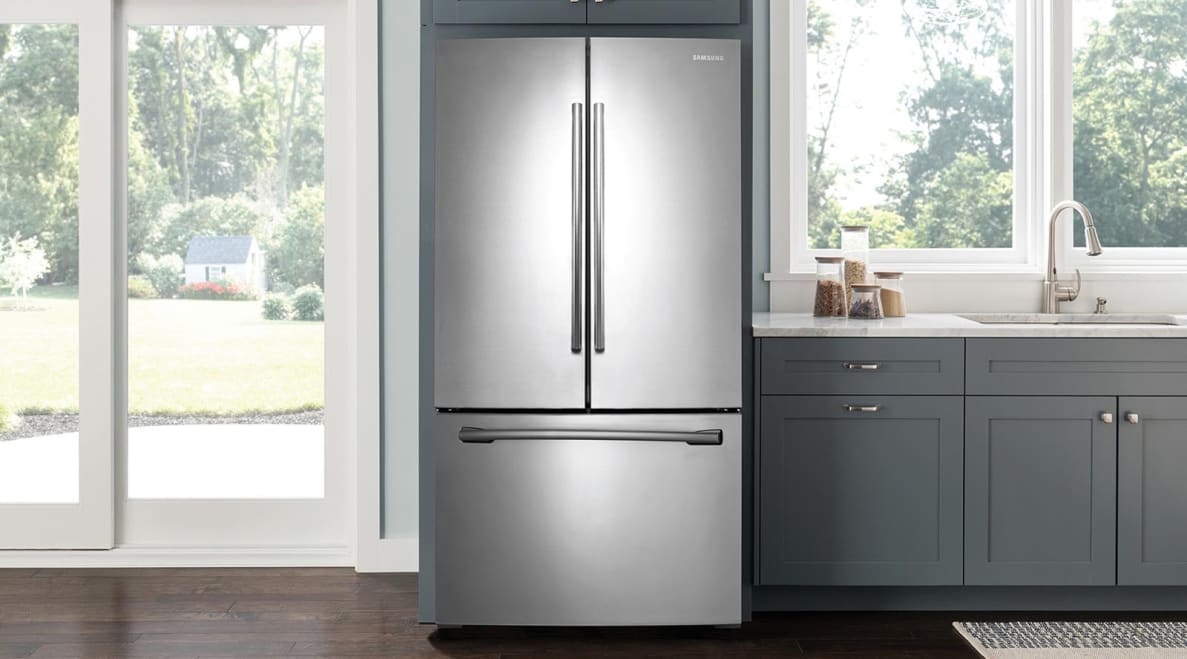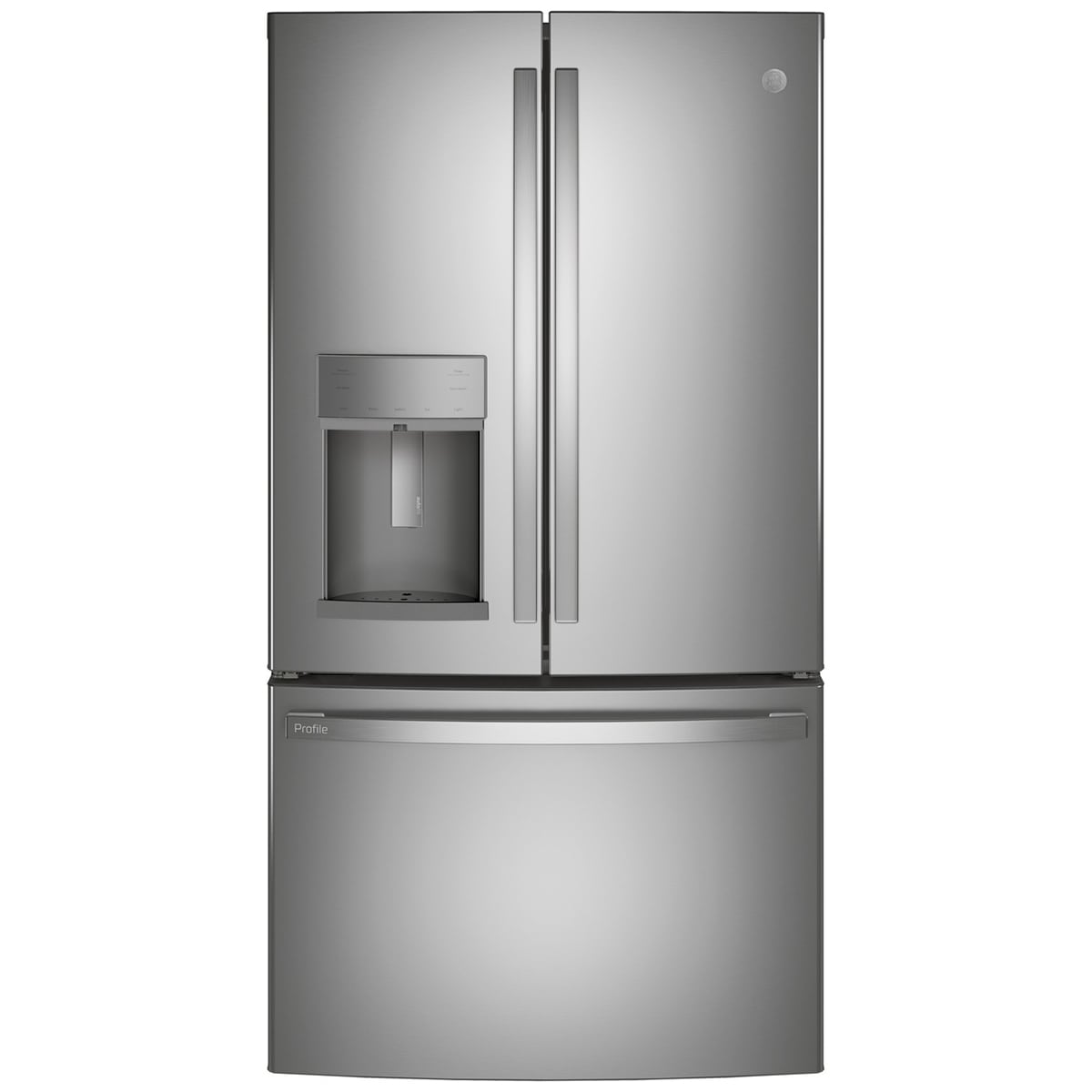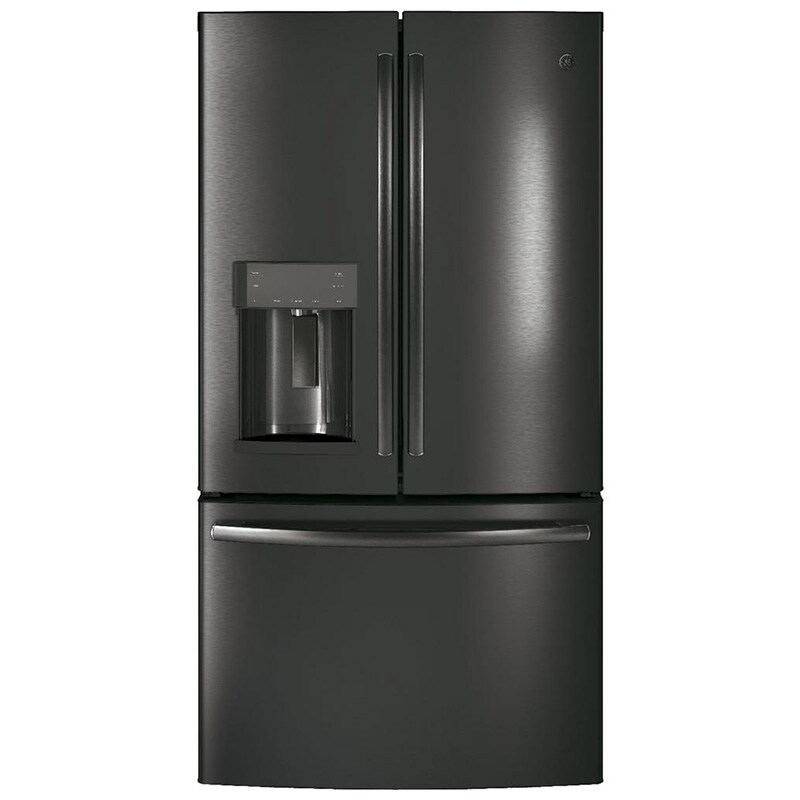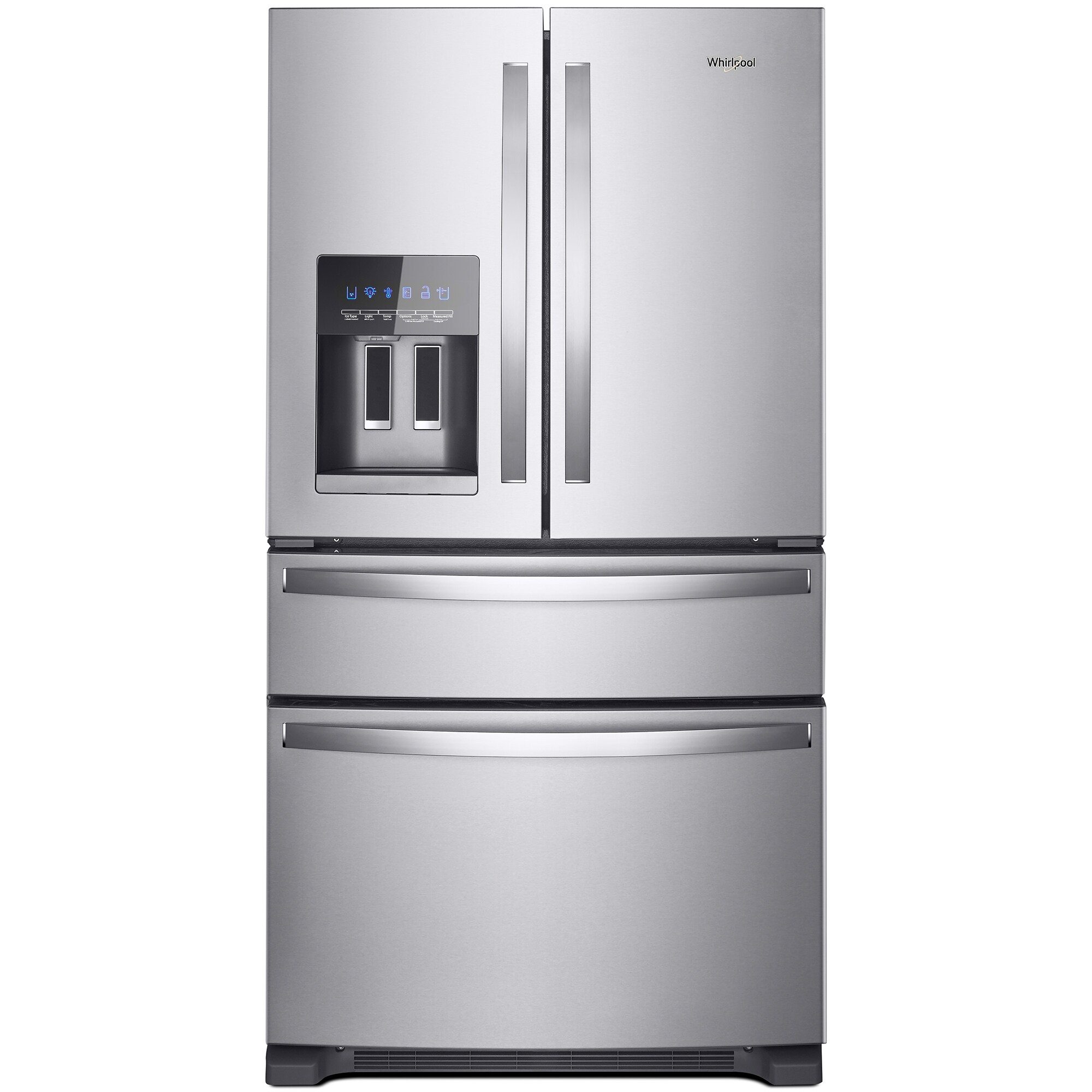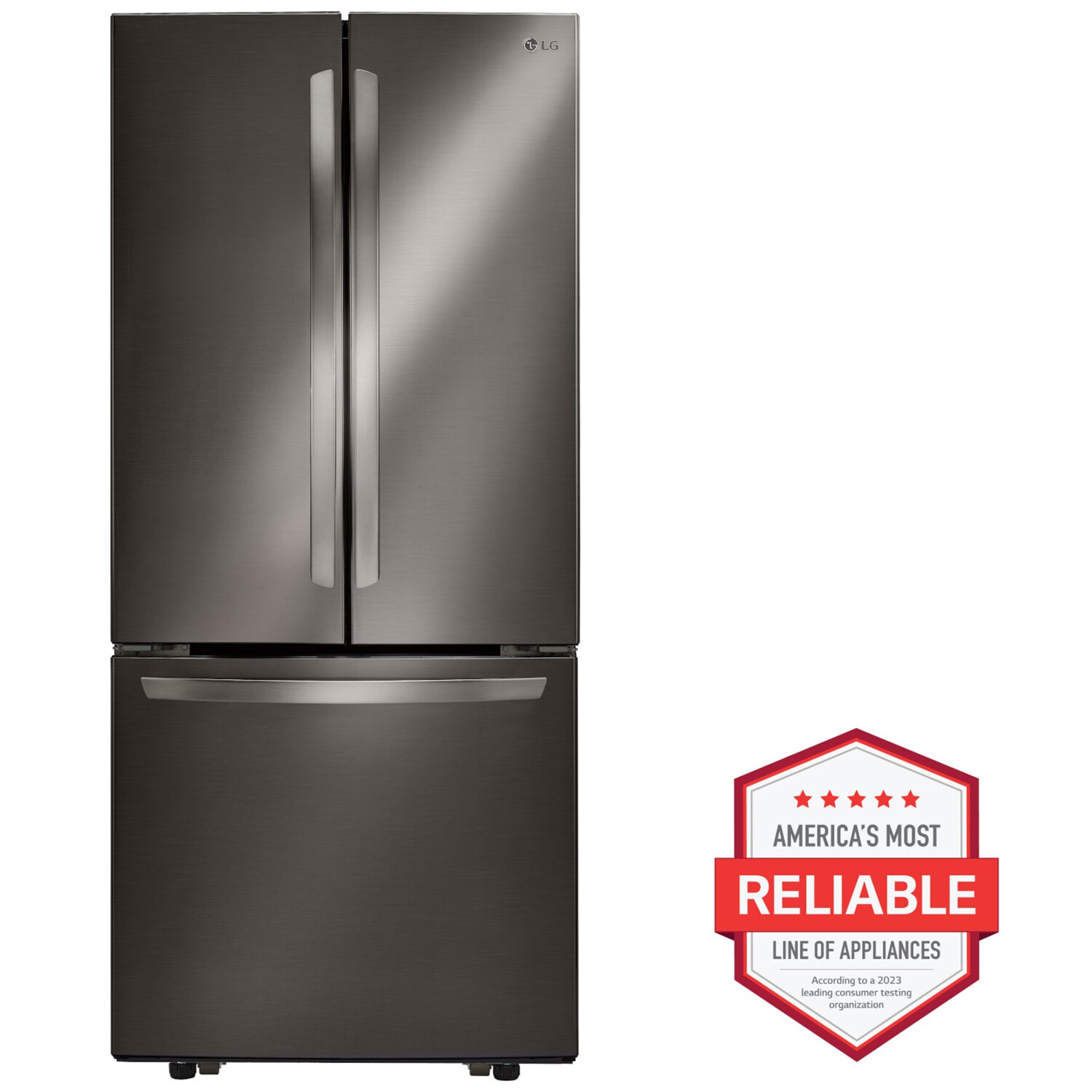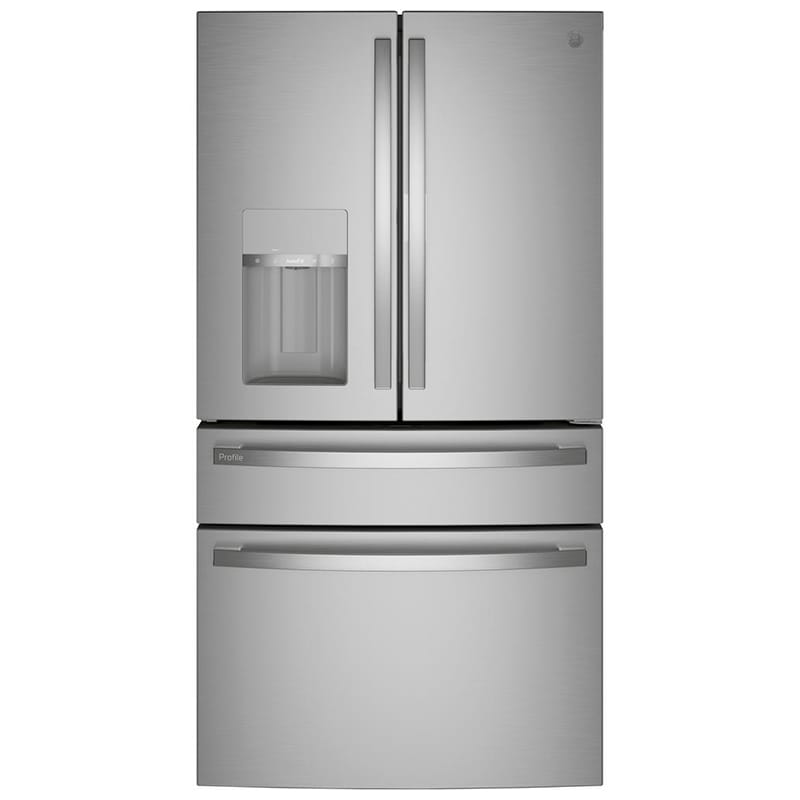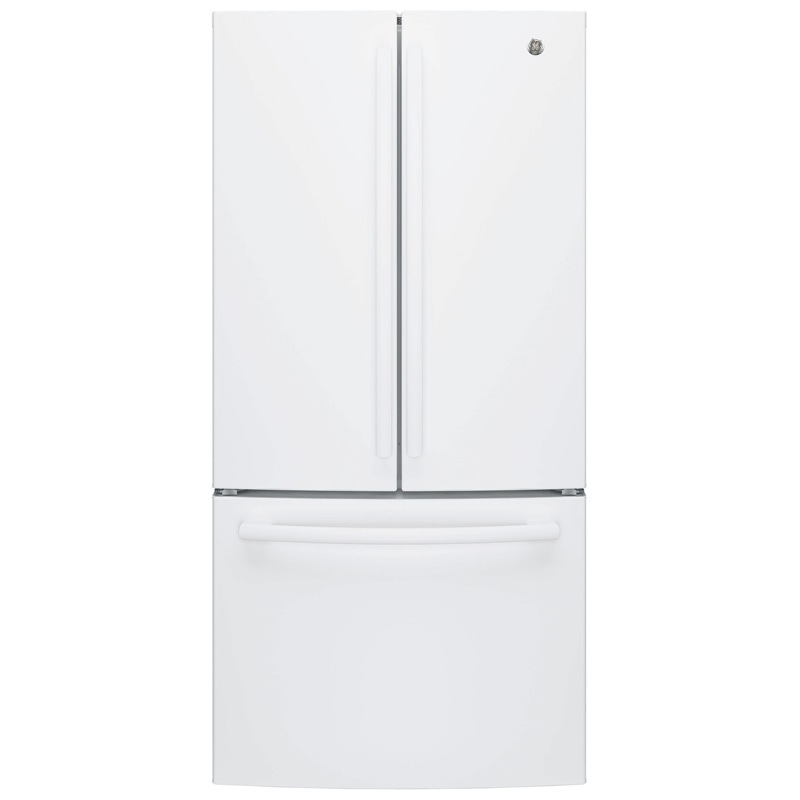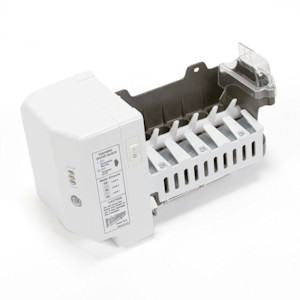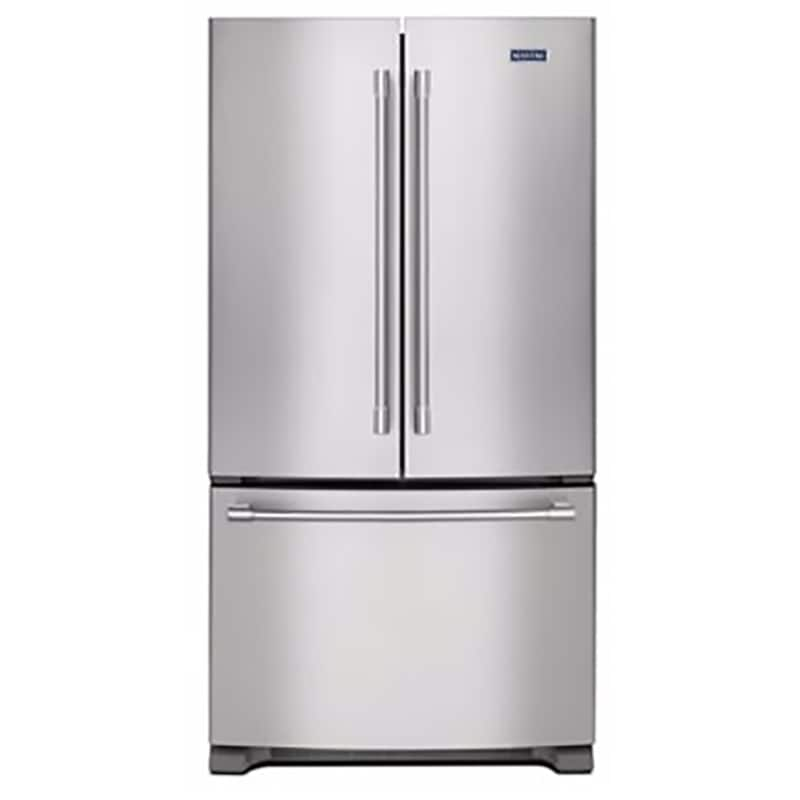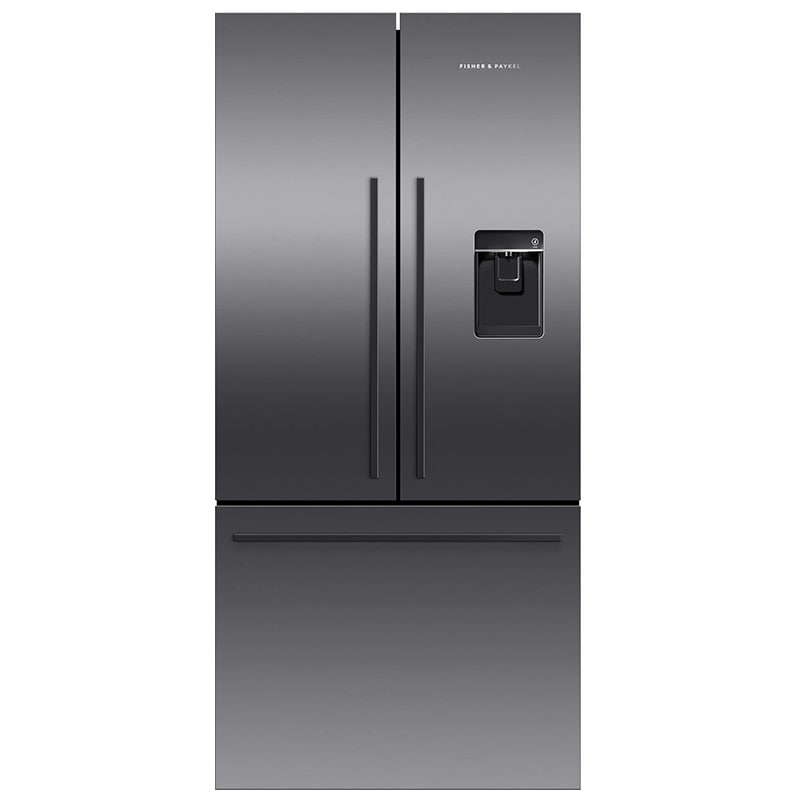The bad news is you risk the expense of a high priced compressor failure should you allow the coils to become excessively clogged with dust dirt and other airborne particles.
Samsung french door refrigerator condensor coils dirty.
This hose should have a rubber check valve which helps regulate humidity and is known.
It ll automatically come back on when the compressor cools but by then your food is usually warm.
As a result the temperature in the refrigerator rises.
The first concern with condenser coils is to locate them.
Original high quality parts for samsung rf25hmedbbc aa 0000 refrigerator in stock and ready to ship today.
During the refrigeration process the condenser coil dissipates heat during the refrigeration process.
Condenser coils are dirty if the refrigerator is not cold enough the condenser coils may be dirty.
Is the condenser fan jammed.
Your refrigerator will cool more efficiently with clean coils.
Dirty coils can eventually cause the overload protector on the compressor to shut the fridge down.
If the coils are dirty that s a reason why the refrigerator and freezer might not be cooling as well as they should according to samsung.
Dust on the coils interferes with heat exchange and hampers the efficiency of the compressor.
365 days to return any part.
The condenser is like a radiator and must stay clean in order to dissipate the heat which was removed from the inside of the refrigerator.
If the condenser coils are dirty you can vacuum the dirt away.
It s wise to clean condenser coils every six months for smooth fridge operation.
If you have a samsung refrigerator coil cleaning is a must just as it is for any brand of refrigerator.
The good news is that dirty condenser coils on a refrigerator are easily and quickly remedied.
It is recommended to clean the coils periodically.
When this coil is dirty the heat doesn t leave the refrigerator.
This applies only to fridges with the coils on the bottom remove any obstacles and clean it thoroughly.
To check the dirty condenser coil issue unplug the fridge open the rear access panel at the bottom of the refrigerator and visually inspect the coils.
